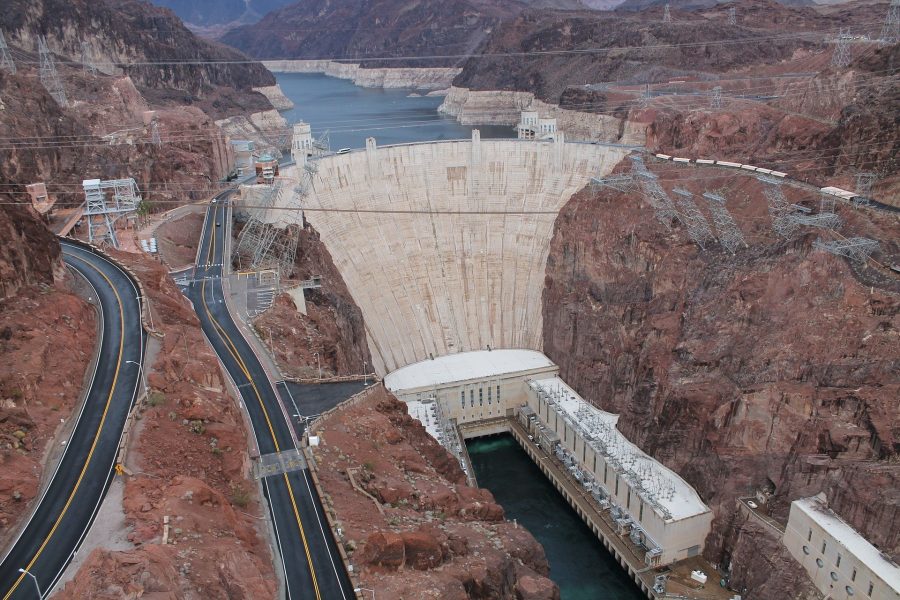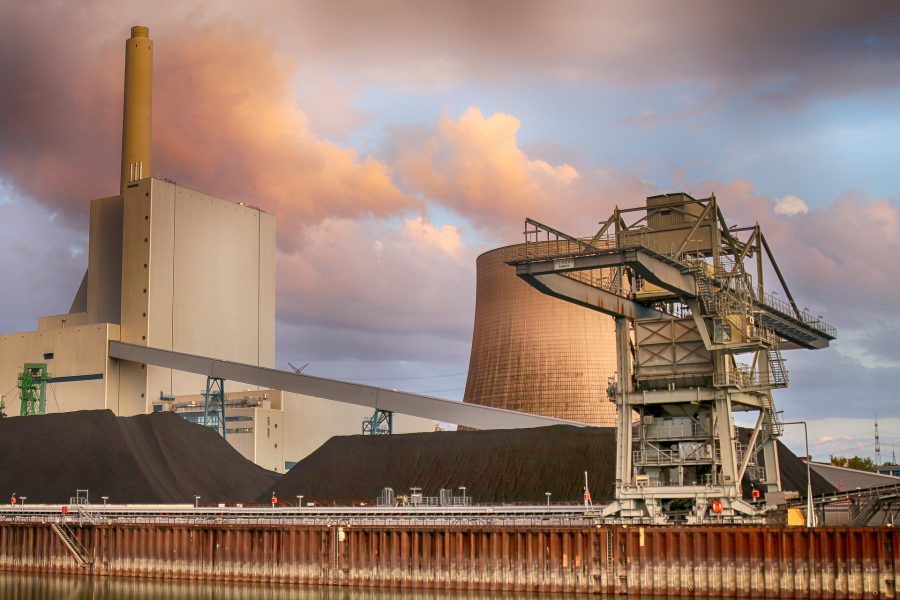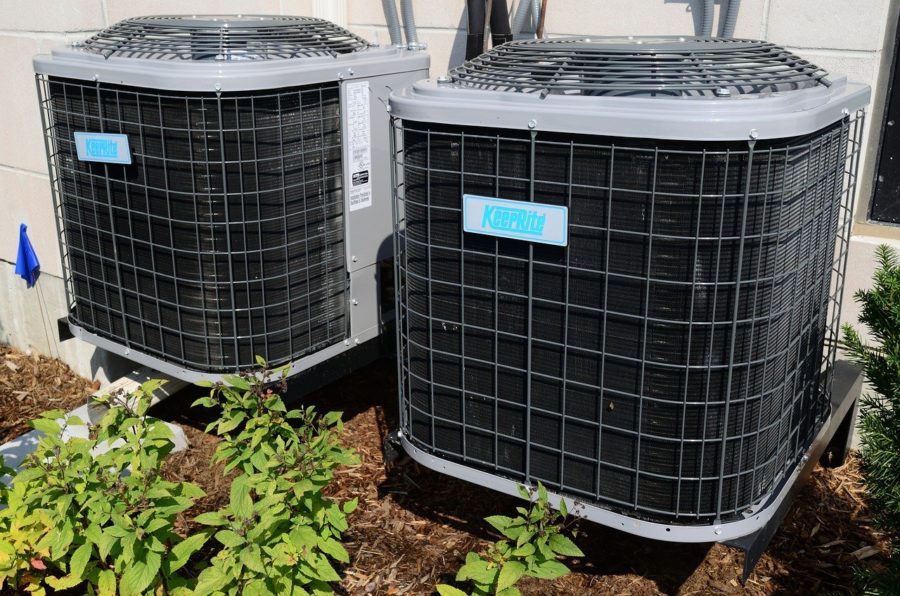The United States’ continued build out of renewable energy, is giving rise to tensions between competing environmental interests.[1] One such conflict is between constructing more renewable energy infrastructure and the ecological damage that comes with it.[2]
Renewable energy is needed more now than ever as the U.S. continues to rely heavily on fossil fuels.[3] Most domestic greenhouse gas emissions are still caused by burning coal, natural gas, and hydrocarbons.[4] Despite a seven percent drop in global carbon dioxide emissions in 2020 due primarily to the COVID-19 pandemic limiting transportation emissions, these numbers figure to rise again as pandemic restrictions are lifted and travel resumes.[5] Switching from fossil fuels to renewable energy will mitigate water and air pollution, excessive water and land use, ecological loss, public health concerns, and climate change.[6]




